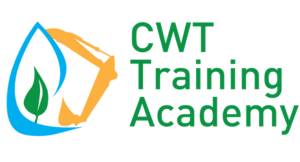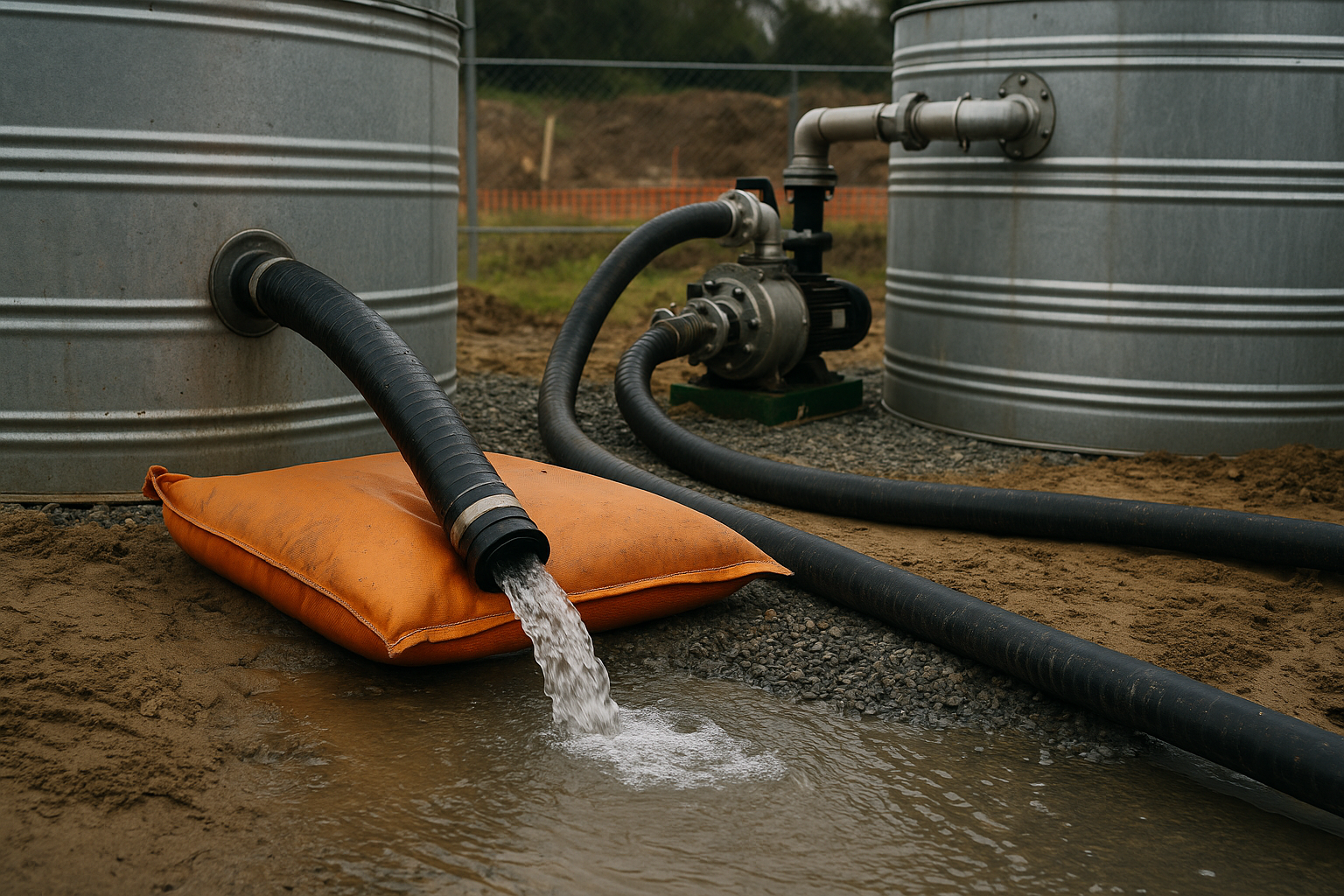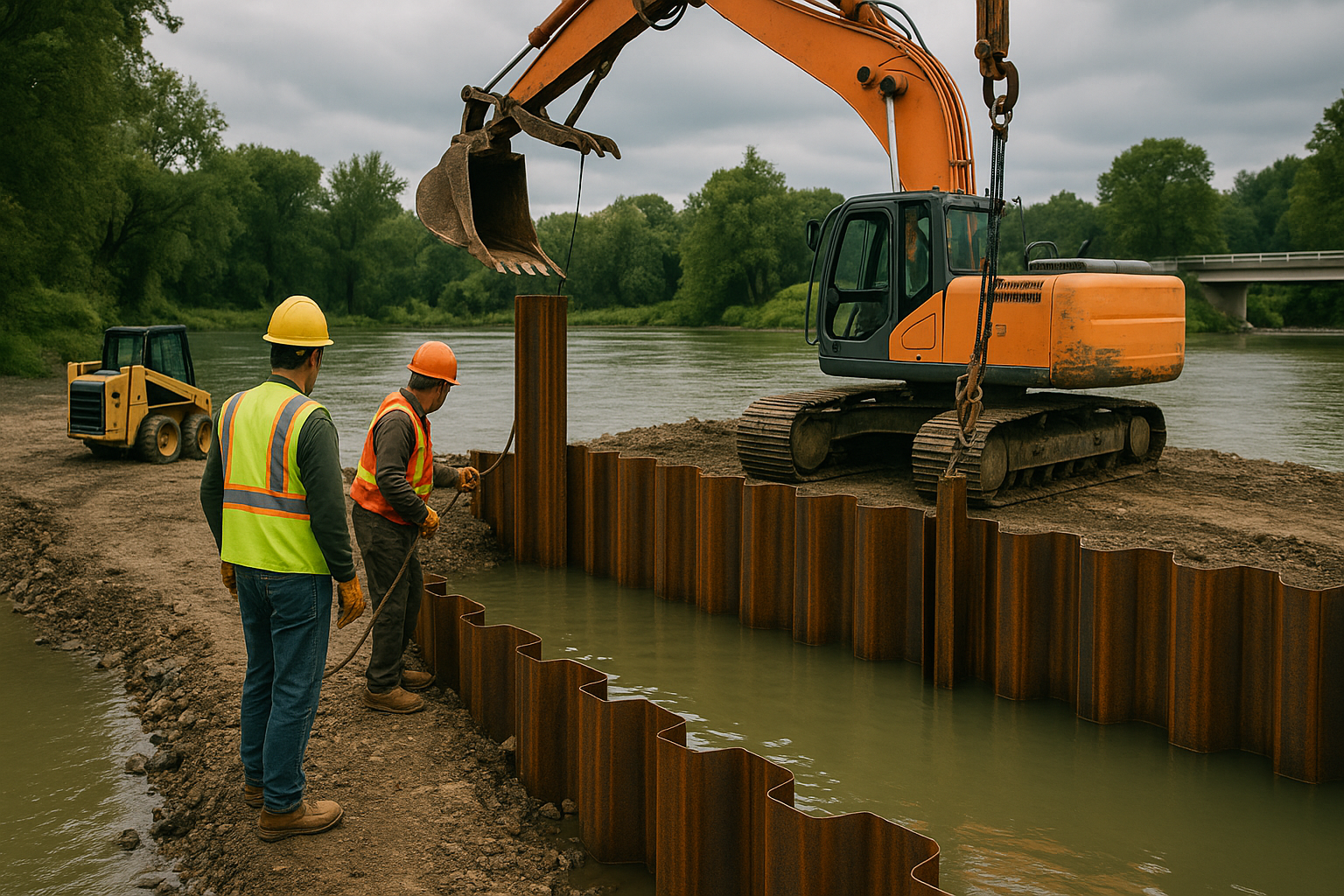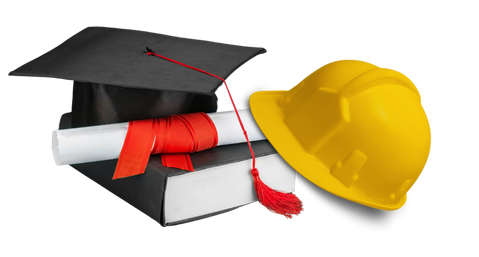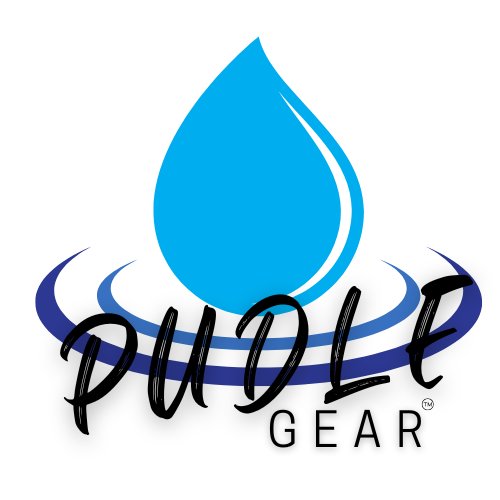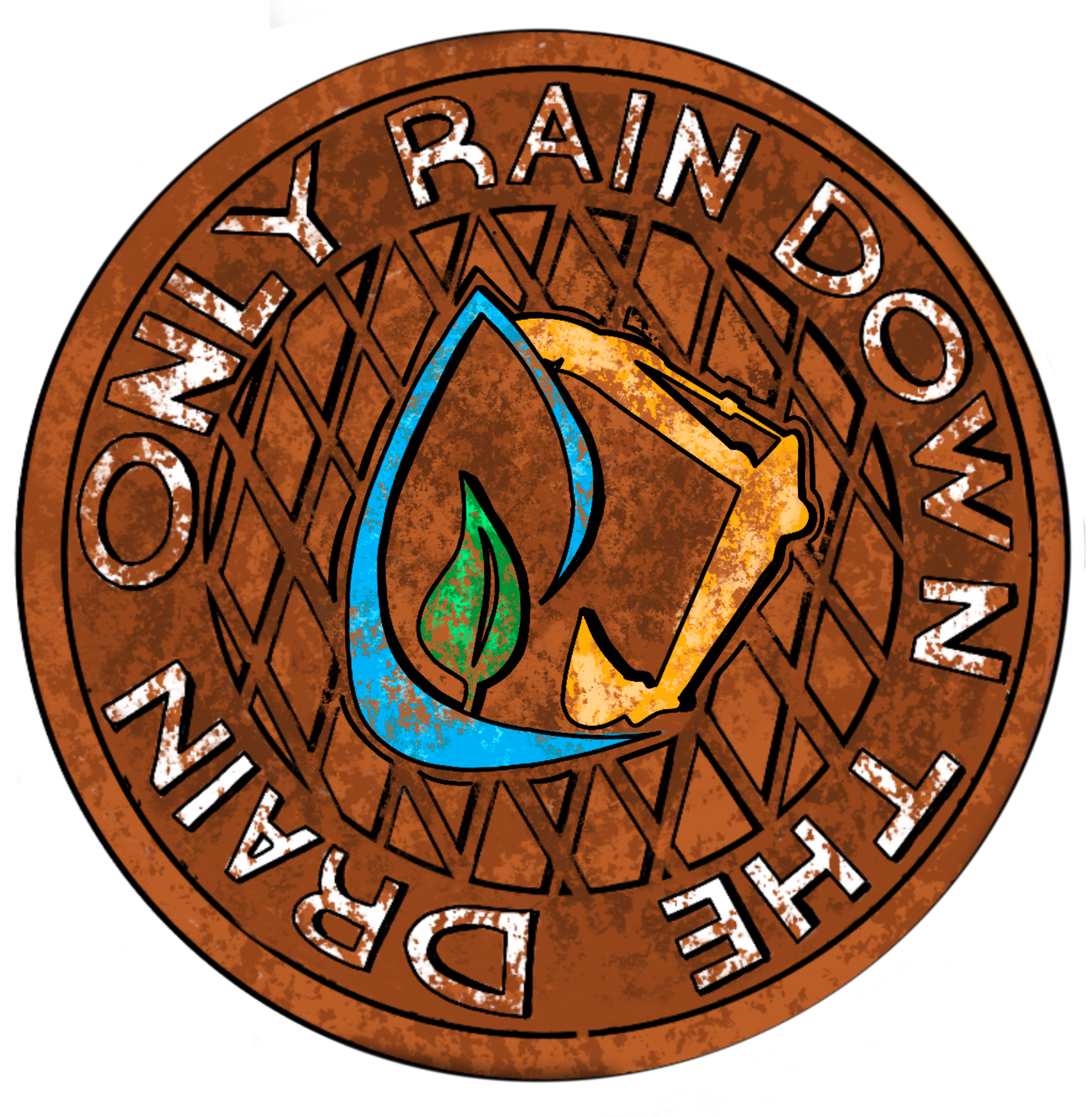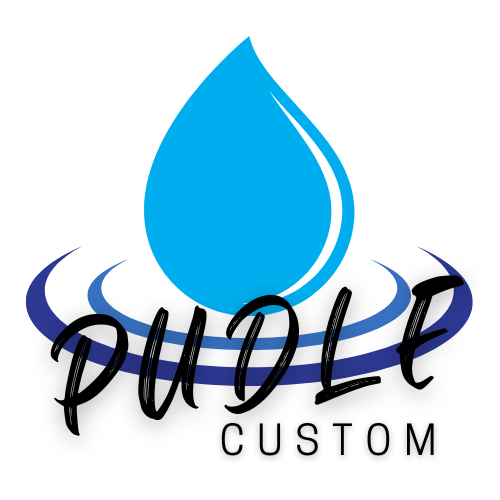Dewatering and In-Water Work
Practical Compliance for Construction Sites
WUS0120
Course Number: WUS0120
Type of Course: Training
Length of Course: ? hours
PDH or CEU: ? PDH
Cost of Course: $? per Learner

Dewatering and in-water work can make or break your project’s compliance record.
This course walks you through practical methods to move, treat, and discharge water without creating turbidity plumes, harming fish habitat, or violating your construction stormwater and dewatering permits. Learn how to choose the right approach for your site, set up effective bypass and treatment systems, and manage in-water work around sensitive windows and resources.
Protecting waterways while you build:
real-world dewatering and in-water work strategies for permitted projects.
On-Demand | No Travel Required | Digital Certifications | Expiration Reminders
Dewatering and in-water work are some of the highest-risk activities on a construction site—especially when you’re working near streams, rivers, lakes, or marine shorelines. One missed detail can send a plume of turbid water downstream, trigger complaints, or put you out of compliance with your permits.
In Dewatering & In-Water Work: Practical Compliance for Construction Sites, we break these activities down into clear, workable steps. Using real-world examples and field-tested strategies, the instructor explains how to plan and execute dewatering and in-water work so you protect water quality and keep your project on schedule.
You’ll see how construction stormwater general permits and dewatering/discharge permits overlap, when you need additional authorizations, and what regulators expect to see in the field. We’ll walk through upland dewatering and infiltration options, bypassing flows around work areas, using settlement and filtration systems, and managing turbidity and plumes. Then we move into in-water construction—cofferdams, boat ramp and pier work, culvert replacements, fish windows, and more—focusing on how to control sediment, manage pumps and hoses, and keep discharges within containment.
By the end of this course, you’ll be able to look at a site and confidently decide how to move and manage water in a way that is safe, compliant, and defensible.
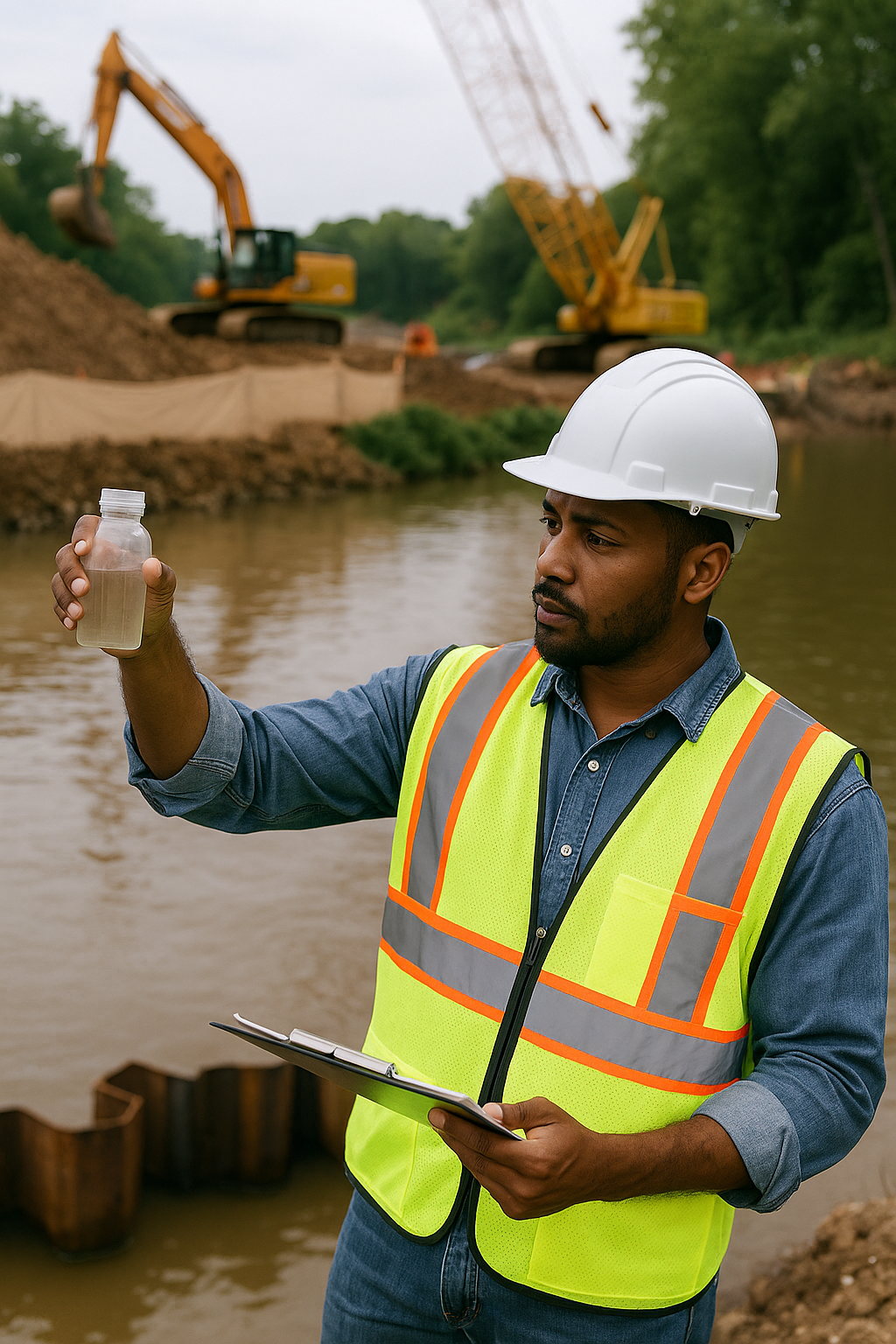
What You Will Learn and Objectives:
By the end of this course, learners will be able to:
- Explain the difference between upland dewatering and in-water work and why each carries different levels of risk for water quality and compliance.
- Identify when dewatering requires additional permits or authorizations beyond the construction stormwater general permit, and how those permits interact on a single project.
- Evaluate site conditions (soil type, groundwater, existing channels, nearby outfalls, slopes, and discharge points) to determine appropriate dewatering and water-management approaches.
- Select and set up dewatering systems such as sumps, bypass pumping, infiltration systems, and treatment trains (settling, filtration, and other treatment options) based on site constraints.
- Recognize and control turbidity plumes, including how to keep visibly turbid water within containment, monitor conditions, and respond when discharges begin to impact receiving waters.
- Plan for and build effective cofferdams and work isolation systems to perform work “in the dry” within streams, rivers, or tidal areas.
- Implement best practices for pumps, hoses, and bypass lines, including intake placement, discharge locations, screening for fish, and securing lines and equipment.
- Coordinate dewatering and in-water work with fish windows and environmental constraints, including working around sensitive species such as salmon.
- Document dewatering and in-water work activities to show compliance during inspections, including what photos, logs, and notes to capture.
- Troubleshoot common dewatering and in-water work problems, such as persistent turbidity, infiltration system failures, leaks in cofferdams, and unexpected groundwater conditions.
Who This Course is For:
This course is designed for:
- Construction stormwater permit holders and site superintendents who are responsible for planning and overseeing dewatering and in-water work.
- Stormwater inspectors, CESCLs, QSPs, and environmental compliance staff who review and approve dewatering plans or inspect active projects.
- Engineers, designers, and project managers who need to understand practical field limitations and risk when designing cofferdams, bypass systems, and dewatering plans.
- Municipal and agency staff who oversee in-water construction, fish windows, and construction permits.
- Contractors and field crews who install and operate pumps, hoses, infiltration systems, and work isolation structures in and near water.
If your project involves bridge work, culver replacements, boat ramps, shoreline infrastructure, or any construction near sensitive waterbodies, this course will help you make better decisions and avoid costly mistakes.
Course Curriculum Overview
See What Others are saying
Testimonials
Frequently Asked Questions
Got a question? We’re here to help.
Do I need a strong background in stormwater regulations to take this course?
A basic understanding of construction stormwater permits and BMPs is helpful, but you don’t need to be an expert. The instructor explains concepts in practical, field-focused language.
Will this course apply in my state?
Yes. While specific permit names and limits vary, the principles of dewatering, in-water work, turbidity control, and permit coordination apply across most construction stormwater and NPDES frameworks.
Does this course cover chemical treatment in detail?
The course explains where treatment systems fit into your overall dewatering approach and touches on common methods. It is not a full chemical-treatment design course but will help you ask the right questions and recognize when advanced treatment is needed.
Is there a certificate of completion?
Yes. Upon completing all lessons and assessments, you’ll receive a certificate of completion you can download and share with your employer or keep for your training records.
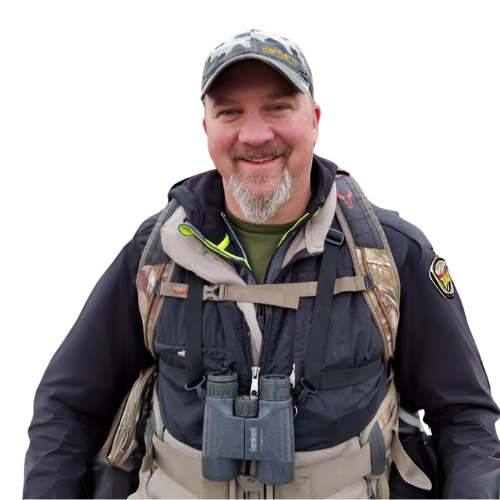
Instructor Information:
Nathan Hardebeck
Stormwater Professional
CESCL, CISL, CPSWQ, CPISM, PSCIC, MT SWPPP Admin
Nathan has nearly 25 years of experience in the environmental and stormwater consulting field with an emphasis on best management practices (BMPs), services and management related to industrial, construction, municipal and commercial stormwater programs.
Savings on Post Graduation Supplies and Bonus Rewards for
Completion of Certification Course
ESC BMP Pocket Guide
This BMP pocket guide will assist you in making informed decisions when selecting BMPs that provide the best erosion and sediment control (ESC) for your project.
- Printed on waterproof paper
- Fits in your back pocket
- Can be customized for your team
10% off on PUDLE Gear orders
Upon completion of the QSP Prerequisite certification, you will receive a coupon code for 10% off of your purchase at PUDLEGear.com
- All items can be customized for your team
Discounts on Other Trainings
Upon completion of the certification, you will receive a coupon code for 10% off of your purchase of your next course.
Other Courses to Consider
Any of the other state specific ESC Certifications such as CESCL, 1200C Overview, MT SWPPP or ICSI to progress toward the Regional Erosion and Sediment Control Inspector Certification for WA, OR, ID and MT.
WUS0114 - Professional Industrial Stormwater Manager PRISM
WUS0115 - Professional Source Control Inspector Certification PSCIC
Resources
Included with Registration
Access to the Course Resource Library
Curated document, resources, templates and more specific to your Certification and day-to-day operations of the job.
You can browse the resource library below but wont have access to the content until you are registered for the certification.
Add this to your Collection Anytime!
ESC BMP Pocket Guide
This BMP pocket guide will assist you in making informed decisions when selecting BMPs that provide the best erosion and sediment control (ESC) for your project. Printed on waterproof paper, and spiral bound, it is a sturdy, easy to use, go-to tool for the jobsite. If you manage erosion and sediment control, you need the BMP Pocket Guide. It is the size of a cell phone and fits in your back pocket.
MASTER CERTIFICATIONS
For those seeking a deeper knowledge base within a topic area, CWT Training Academy has developed defined paths with prescribed courses that Learners can complete within a time frame that matches their career goals.
Example: CESCL, CISL, PSCIC Combo
REGIONAL CERTIFICATIONS
Regional certifications are cross-jurisdictional certifications of the same discipline. In one training event, a Learner can be certified in multiple jurisdictions within the defined region.
Example: CESCL, ICSI, MT-SWPPP Administrator
PROFESSIONAL CERTIFICATIONS
Professional certifications are multi-disciplinary certifications of practices that your business is involved in. Paths of certification are defined by your business practice and regulatory influences.
Example: PSCIC, CSP, AEP
Refund / Cancelation Policy
Learners are required to contact CWT Training Academy as soon as possible with any changes to registration (e.g. revised or corrected email, mailing address, phone number, etc.) to ensure the information on the Certification records are correct.
Refunds will not be provided for any missed or incomplete on-demand course. In the case of an emergency which prevents the Learner from starting or finishing the course during the allotted time frame, please contact CWT Training Academy to discuss options.
